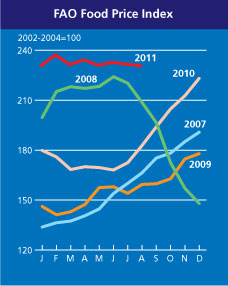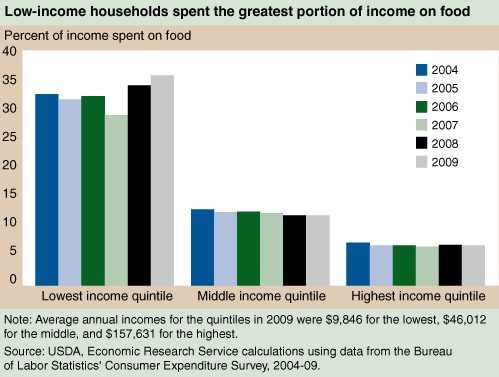I received the following call for papers last week from the Centre for the Study of African Economies at Oxford:
CSAE Conference 2012 on Economic Development in Africa
St Catherine’s College, Oxford, 18-20 March 2012
Papers addressing economic analysis of the broad issues relevant for economic development in Africa are invited for the CSAE 2012 conference. Papers on countries other than those in Africa are welcome, providing they deal with issues central to African development.
If you are interested in presenting a paper, please submit an abstract online by Thursday 1 December 2011, 17:00hrs GMT. If accepted for the conference, all authors will need to submit completed papers by 24 February 2012 for inclusion in the final programme.

